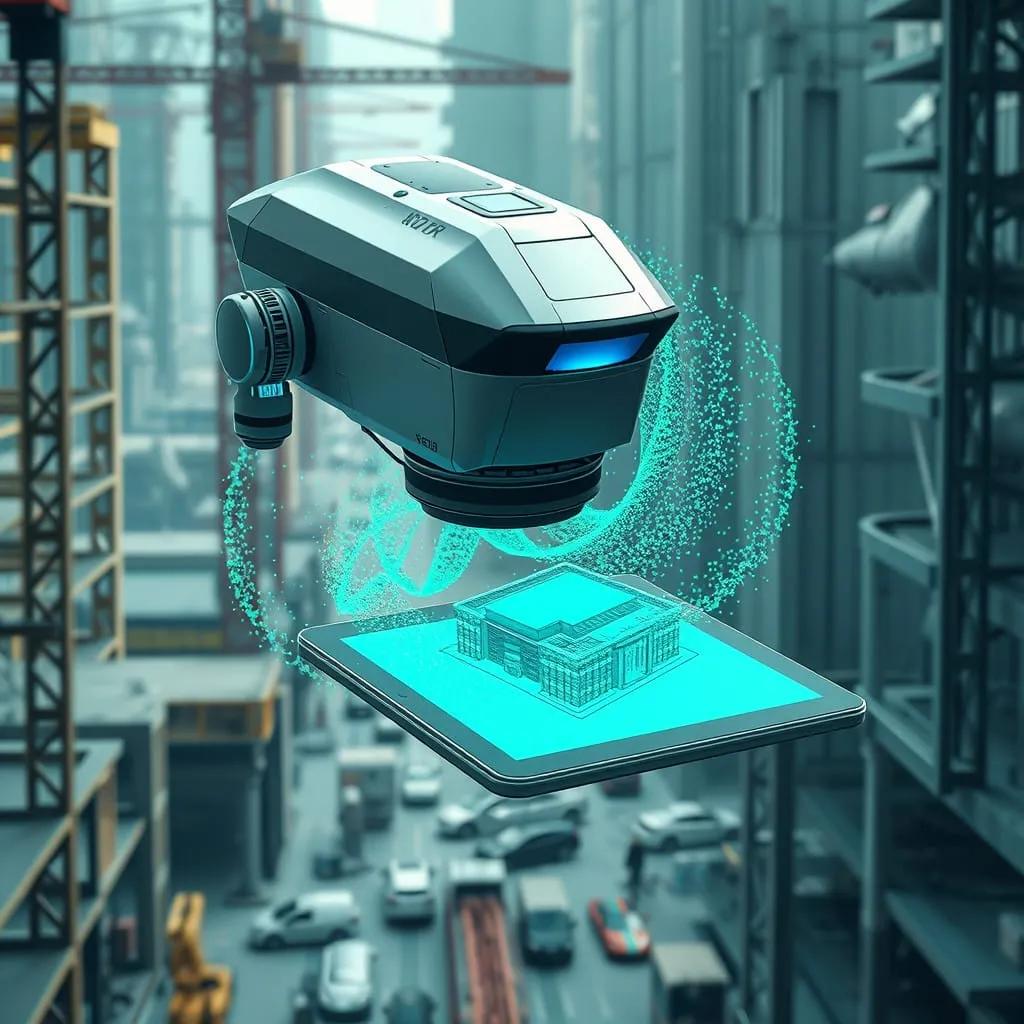Transforming Point Clouds into Actionable BIM Models: Why Scan-to-BIM Is the Future
The ability to transform raw point cloud data into actionable Building Information Models (BIM) has redefined workflows in the architecture, engineering, and construction (AEC) industries. Leveraging advanced technologies like LiDAR and photogrammetry, point clouds offer unmatched precision, but it’s the Scan-to-BIM process that unlocks their full potential. If you’re curious about this process, check out our detailed guide on Scan-to-BIM benefits and workflow.
What Are Point Clouds, and Why Are They Important?
Point clouds are dense collections of data points that represent the geometry of a physical space. Captured through technologies like LiDAR or drones, these datasets provide a digital snapshot of real-world conditions, making them invaluable for projects requiring precision and accuracy.
Key Characteristics of Point Clouds
- High Precision: Point clouds capture details down to millimeter accuracy, ideal for documenting complex structures.
- Versatility: They are used across a variety of applications, from mapping topography to designing infrastructure.
- Data-Rich: Point clouds provide a 3D representation of physical spaces, enabling advanced analysis and planning.
The Challenge: Turning Point Clouds into Actionable Outputs
While point clouds are a powerful source of data, they require specialized tools and expertise to transform them into usable outputs, such as BIM models or 2D drafts. This is where Scan-to-BIM plays a crucial role.
The Scan-to-BIM Workflow
Scan-to-BIM bridges the gap between raw data and actionable deliverables. From capturing existing conditions to creating detailed BIM models, every step enhances project efficiency. Learn more about this transformative workflow in our comprehensive article on Scan-to-BIM.
1. Capturing Existing Conditions
Using LiDAR scanners or drones, professionals capture millions of data points representing the scanned area. This data forms the foundation for creating accurate as-built models.
2. Processing the Point Cloud
Raw point cloud data is cleaned to remove noise and irrelevant points. Multiple scans are aligned and stitched together, creating a cohesive dataset ready for BIM modeling.
3. BIM Model Generation
The processed point cloud data is imported into BIM software, such as Revit, to create a 3D model enriched with details like material properties and structural elements.
4. Validation and Refinement
The BIM model is validated against the original point cloud for accuracy and refined to meet project-specific requirements, such as annotations, dimensions, and metadata.
Why Professionals Are Turning to Scan-to-BIM
The benefits of adopting Scan-to-BIM go beyond just creating a digital model. Here’s why it’s becoming the go-to approach in AEC workflows:
1. Enhanced Precision
Point clouds ensure that every detail of the physical environment is captured, resulting in highly accurate BIM models. This precision minimizes the risk of errors during construction and design.
2. Faster Project Turnaround
By automating parts of the modeling process, Scan-to-BIM significantly reduces the time required to create deliverables, helping teams meet tight deadlines.
3. Improved Collaboration
BIM models serve as a single source of truth for all stakeholders, fostering better collaboration and reducing miscommunication throughout the project lifecycle.
4. Cost Savings
By eliminating the need for multiple site visits and reducing errors, Scan-to-BIM leads to significant cost savings over the course of a project.
Applications of Scan-to-BIM
From creating as-built documentation to enabling complex renovations, Scan-to-BIM has applications across a wide range of projects. Here are some scenarios where it’s particularly impactful:
1. Renovations and Retrofits
Accurate as-built models generated through Scan-to-BIM are essential for planning renovations or retrofits, especially in older or historic buildings.
2. Large-Scale Infrastructure Projects
Scan-to-BIM provides the level of detail needed to design and execute large infrastructure projects like bridges, tunnels, and railways.
3. Construction Monitoring
Using BIM models created from point clouds, teams can monitor construction progress and ensure that the project stays on track.
4. Facility Management
The data embedded in BIM models supports efficient facility management, enabling better decision-making and streamlined maintenance.
Advanced Tools and Expertise: Key to Successful Scan-to-BIM
Implementing Scan-to-BIM effectively requires the right tools and expertise. From high-precision LiDAR scanners to industry-standard BIM software like Revit, the choice of technology can make or break a project. Equally important is the expertise to process raw data into meaningful outputs. Professional teams with experience in handling point clouds and BIM modeling can significantly enhance the quality and usability of the final deliverables.
Choosing the Right Partner
For businesses and professionals looking to adopt Scan-to-BIM, partnering with experienced service providers can simplify the process. Companies like ENGINYRING offer end-to-end solutions, from scanning and data processing to model validation, ensuring that every project is executed with precision and efficiency. Explore how they can assist in your projects by reading their insights on Scan-to-BIM benefits.
Conclusion
As the demand for precision and efficiency in AEC workflows grows, adopting Scan-to-BIM is no longer a luxury but a necessity. By turning raw point cloud data into actionable models, this process helps professionals in architecture, construction, and engineering make better decisions, reduce costs, and deliver projects faster.
Ready to take the next step? Dive deeper into the transformative potential of Scan-to-BIM and how it’s shaping the future of the AEC industry by exploring this comprehensive guide.
